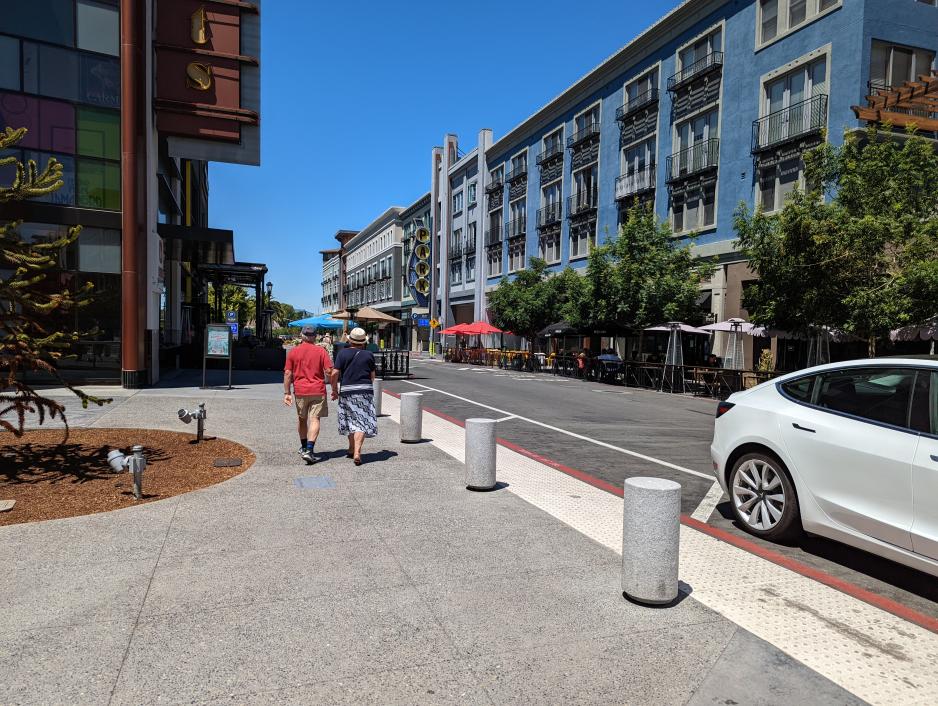One of the biggest hurtles with implementing best practices is overcoming the inertia of developing the first well-designed project in a district. Numerous jurisdictions have found that pursuing a single project with best practices design in a strategic location has a “catalytic” effect that stimulates similar developments on nearby parcels. For instance, a new mixed-use development that creates an attractive street wall at a key intersection could spur additional new development in the area, reinvigorating an abandoned main street.
To bring catalytic projects to fruition, it takes time and resources. For catalytic projects to succeed, jurisdictions need to lend a hand by laying the groundwork for change.
- Consider recruiting appropriate developers and tenants, working with the community, guiding the project architect, providing financial resources or incentives, or assisting with land assembly.
- Work with policymakers to make tough decisions, such as density increases, the narrowing of roadways, or the removal of traffic lanes.
Body
